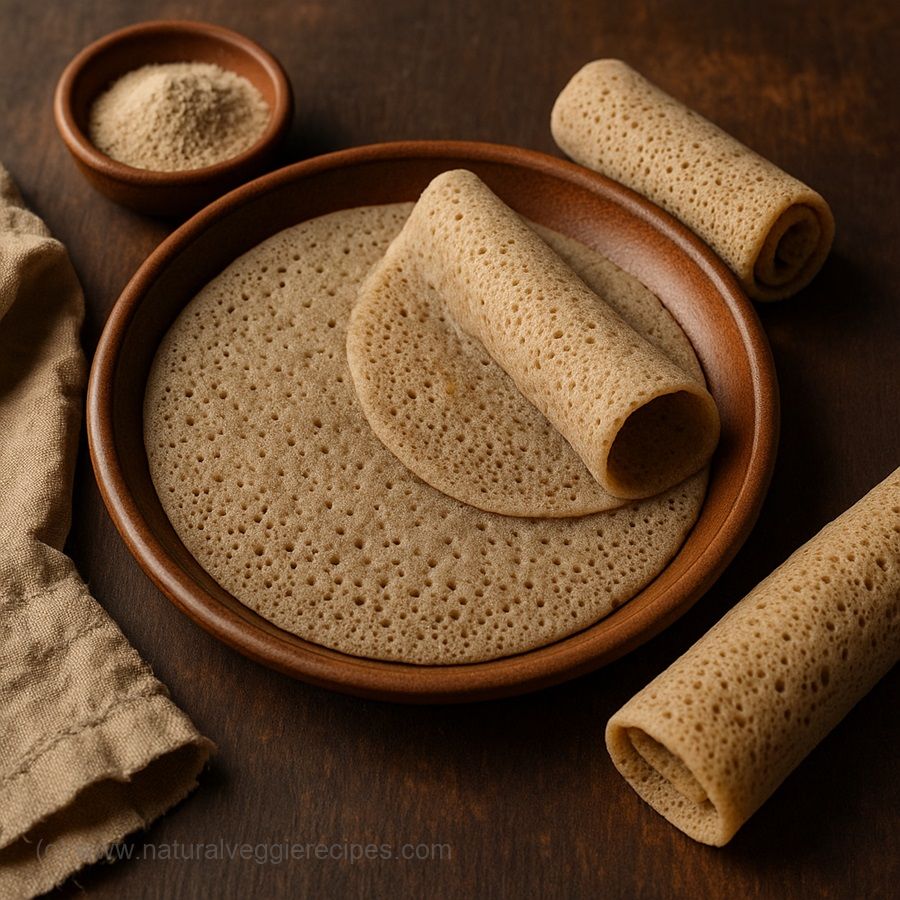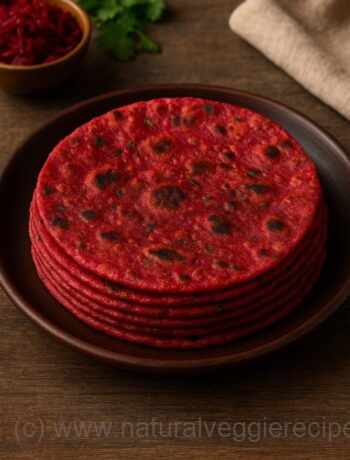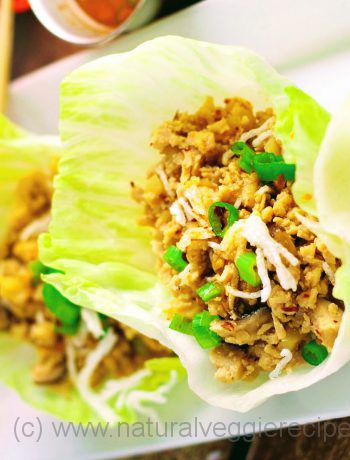
Experience the authentic taste of Ethiopia with homemade Injera, a naturally gluten-free, spongy flatbread that stands at the heart of East African cuisine. Crafted from teff flour and water, this delightful bread comes alive through wild fermentation, resulting in a uniquely tangy flavor and airy texture. The slow fermentation process, which lasts a couple of days, is what gives Injera its soul, developing complexity and a subtle sourness. Once ready, it’s cooked on a hot skillet, forming a tender and perforated surface perfect for scooping up vibrant stews or seasoned vegetables.
Not only is Injera a staple bread, but it also serves as the edible plate and utensil in Ethiopian meals, encouraging communal and hands-on dining. Refrigerate your leftovers or use them to wrap up a savory breakfast. Whether enjoyed with rich lentil dishes or saucy meats, Injera’s delightful tang will transport your tastebuds directly to the heart of Ethiopia.

Traditional Ethiopian Injera: Tangy Teff Fermented Flatbread
Print RecipeIngredients
- 1/2 cup white teff flour
- 1/4 cup brown teff flour
- 3 tablespoons white teff flour, divided, or as needed
- 1 cup water
- 3 tablespoons water, divided, or as needed
- 1 teaspoon vegetable oil (optional)
Instructions
Combine the white and brown teff flours in a mixing bowl. Whisk in 1 cup of water until smooth.
Pour the batter into a glass container large enough for expansion. Cover loosely with cheesecloth or a breathable cloth. Let it rest undisturbed in a warm, draft-free spot.
Stir the mixture twice during the first 24 hours of fermentation. After a day, look for bubbles, a sour aroma, and increased volume.
If the fermentation is active, mix in 1 tablespoon white teff flour and 1 tablespoon water, then whisk thoroughly. Check in a few hours for renewed bubbles and volume. If ready, proceed; if not, let it rest an additional 12 hours, stirring once.
Once the batter is bubbly and aromatic, prepare a smooth paste of 2 tablespoons white teff flour and 2 tablespoons water. Stir into the batter and wait a couple more hours for the batter to become fully active.
Preheat a nonstick skillet or crepe pan over medium heat and brush lightly with oil. Pour a scant 1/2 cup batter onto the pan, spiraling from the outside in. Cover and cook until holes form on the surface and the bread steams through (about 1-3 minutes). Gently remove and keep warm. Repeat with remaining batter.
Notes
Tips:
Fermentation time depends heavily on your kitchen's warmth. A warmer environment speeds up the process, so monitor bubbles and aroma closely., For a milder flavor, shorten the fermentation slightly, but full sourness and authentic texture come with ample resting time., Covering with breathable fabric is critical; this nurtures wild yeast for proper fermentation—avoid airtight covers., Use a well-heated nonstick skillet for even cooking and signature spongy bubbles.




No Comments